Google Nexus 5 Review
by Brian Klug on December 5, 2013 8:00 AM EST- Posted in
- Smartphones
- LG
- Android
- Mobile
- Snapdragon 800
- Android 4.4
- Nexus 5
Display on mobile devices is one area where we’ve seen considerable improvement. Pixel density has gone up, contrast ratios have improved, and the emphasis on low power in a platform gated by its battery size means there’s always innovation happening.
In the case of the Nexus 5, there’s a considerable jump in resolution, from the WXGA 1280x768 display on the Nexus 4, to the now-standard 1080p. The biggest change is an obvious shift in aspect ratio from 15:9 to 16:9 once more. Back with the Nexus 4 and Optimus G, I noted just how surprisingly noticeable that extra 48 pixels of width was. Although we tend to think in absolute display resolution and talk about it quite a bit, Android uses display independent pixels or dips in order to keep layouts display density agnostic and support a wide variety of screen sizes and resolutions. Nexus 5 implements the 480 ppi or xxhdpi screen density, whereas Nexus 4 implements 320 ppi or xhdpi density. The result is that the Nexus 5’s display is 360x592 dips in size, compared to 384x592 dips for the Nexus 4, coming in 24 dips narrower. It’s important to note however that this change is intentional to maintain Android’s DPI independence, even if it does mean less overall real-estate in apps and browser.
Display quality is a big deal in the Android space, with lots of variance between devices. In the case of the Nexus 5, I started by tracking down the display type. If you recall, 5-inches with 1080p is a resolution we’ve seen before in the Droid DNA and Butterfly. From what I can tell, the Nexus 5 uses a very similar evolved version of that panel, a JDI (Japan Display, Inc) 1080p display with in-cell touch courtesy Synaptics ClearPad 3350 solution.
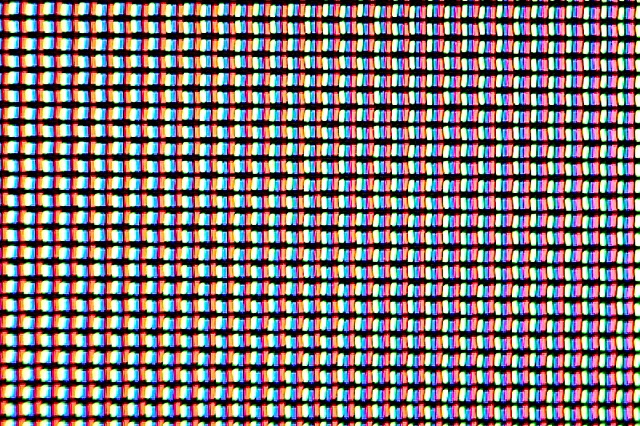
The other question was whether Nexus 5 also uses a PSR (Panel Self Refresh) type display. This display is indeed a MIPI command mode panel, the same kind of system, so yes it does include those features. An additional change is the addition of software vsync in Android 4.4, which to my knowledge the Nexus 5 does use, you can see this pop on and off depending on what’s happening on-screen if you monitor surfaceflinger. Those improvements should decrease latency and improve how sticky animations feel.
To characterize display quality and accuracy, we turn to our usual display measurements.
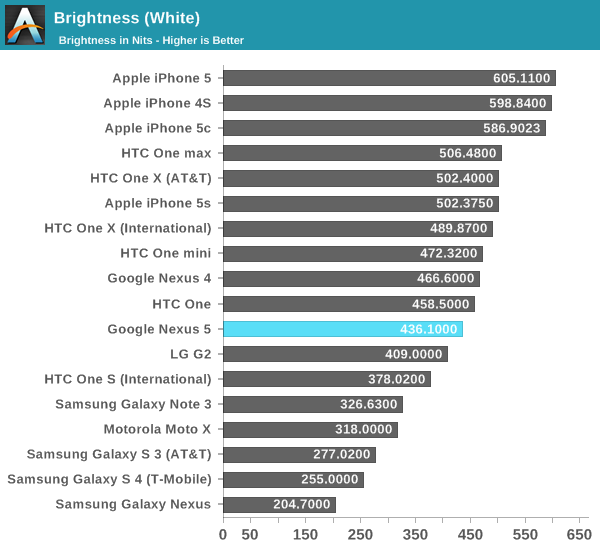
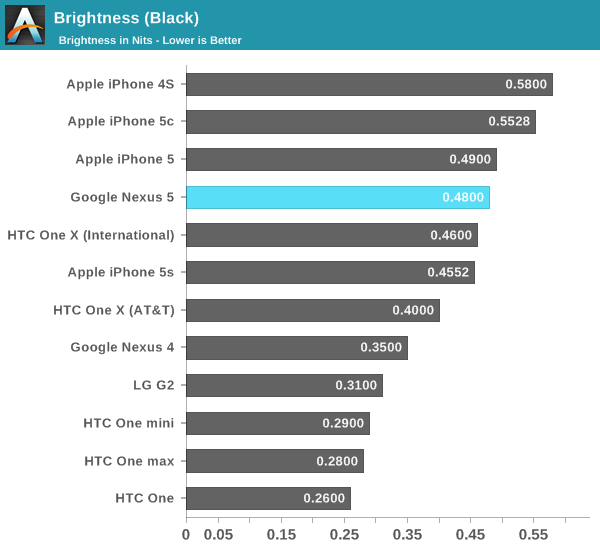
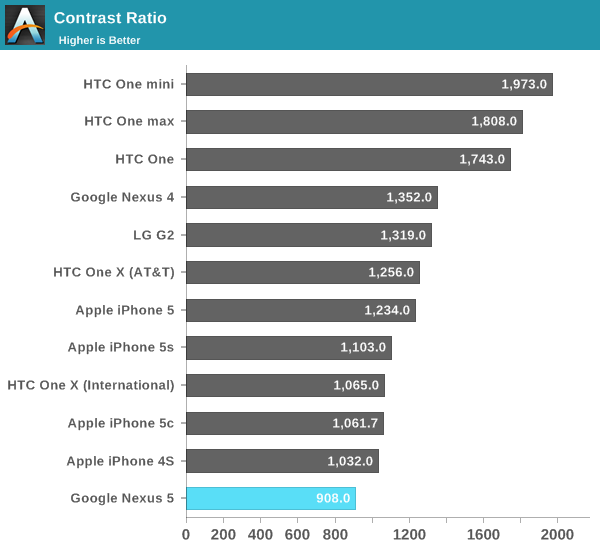
The Nexus 5 doesn’t go quite as bright as Nexus 4, but it’s still a very bright display. Blacks and contrast are a bit disappointing though, contrast is definitely on the lower end, but not bad. I definitely haven’t been put off by them. I also haven’t noticed any of the distracting dynamic brightness behavior I have on other handsets, which is awesome.
My only criticism is that I wish Nexus 5 would allow its auto screen brightness algorithm to go dimmer when in dark scenarios. There’s still more dynamic range in the manual brightness setting bar than there is for the auto brightness routine from what I can tell.

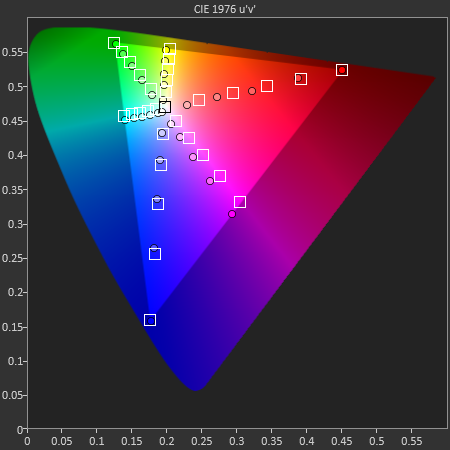
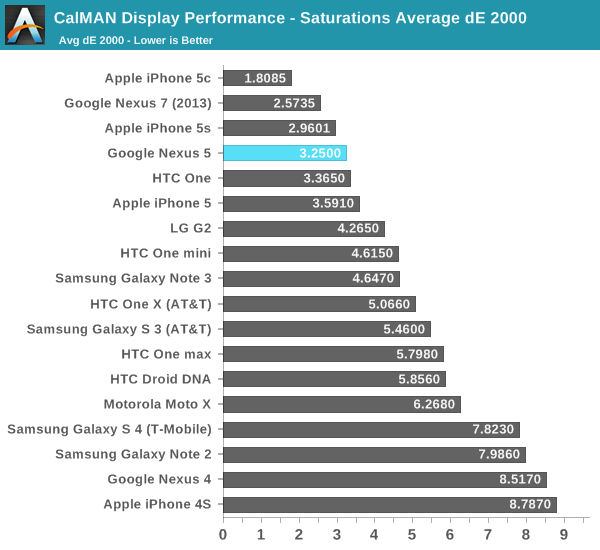
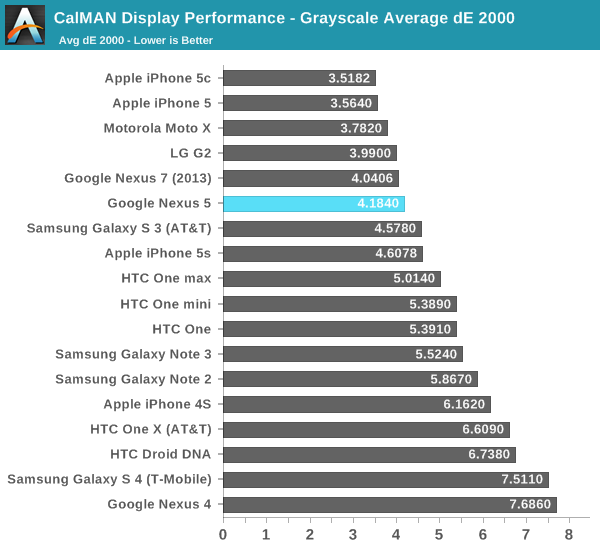
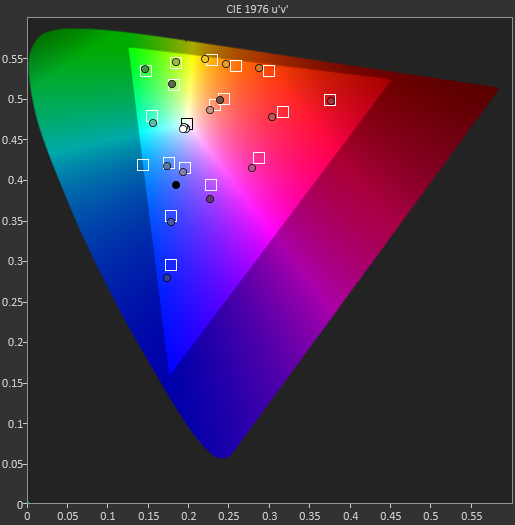
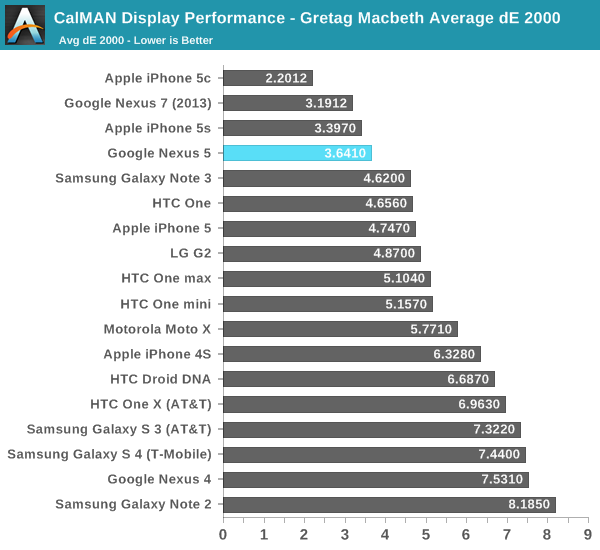
The new Nexus 7 impressed me with how accurate its display was in terms of color reproduction, beginning with Google stating it targeted sRGB (the color space for both the web and Android) calibration for it. The Nexus 5 seems to have done the same, and wowed me with the best GMB color checker Delta-Es we’ve seen from any Android handset. In addition, the Nexus 5 has none of the saturation boost that’s sadly quite pervasive right now, instead giving the right evenly spaced saturation stepping on its color channels. The Nexus 7 has slightly lower Delta-E, but it’s clear to me that Google has made color calibration an emphasis on the Nexus line.
It’s interesting to hear some Nexus 5 users complain that the display seems undersaturated, since that kind of end user feedback reflects subjective comparison. It also suggests to me that a large percentage of the population doesn’t know what some colors or system elements actually should be. Even for me, looking at the green elements inside the Google Play store on the Note 3 in movie mode or Nexus 5 initially seemed slightly more muted than normal. The reality is that this is what they actually should look like. We’ve just become accustomed to their oversaturated appearance on virtually every other device.
This kind of expectation about what looks right and what doesn’t is rather telling for the state of display calibration in Android handsets, and how OEMs have used oversaturated colors to increase retail shelf appeal. Unfortunately the reality is that oversaturated colors do seem to win taste tests among shoppers, the same way that TVs in most big boxes do. We’ve been looking at them for so long that well calibrated displays like Nexus 5 initially do look noticeably different.
The end result is easy to sum up, however – Nexus 5 has the best calibrated display I’ve seen so far in any Android handset. It’s also leaps and bounds more accurate and controlled than its predecessor display in the Nexus 4.


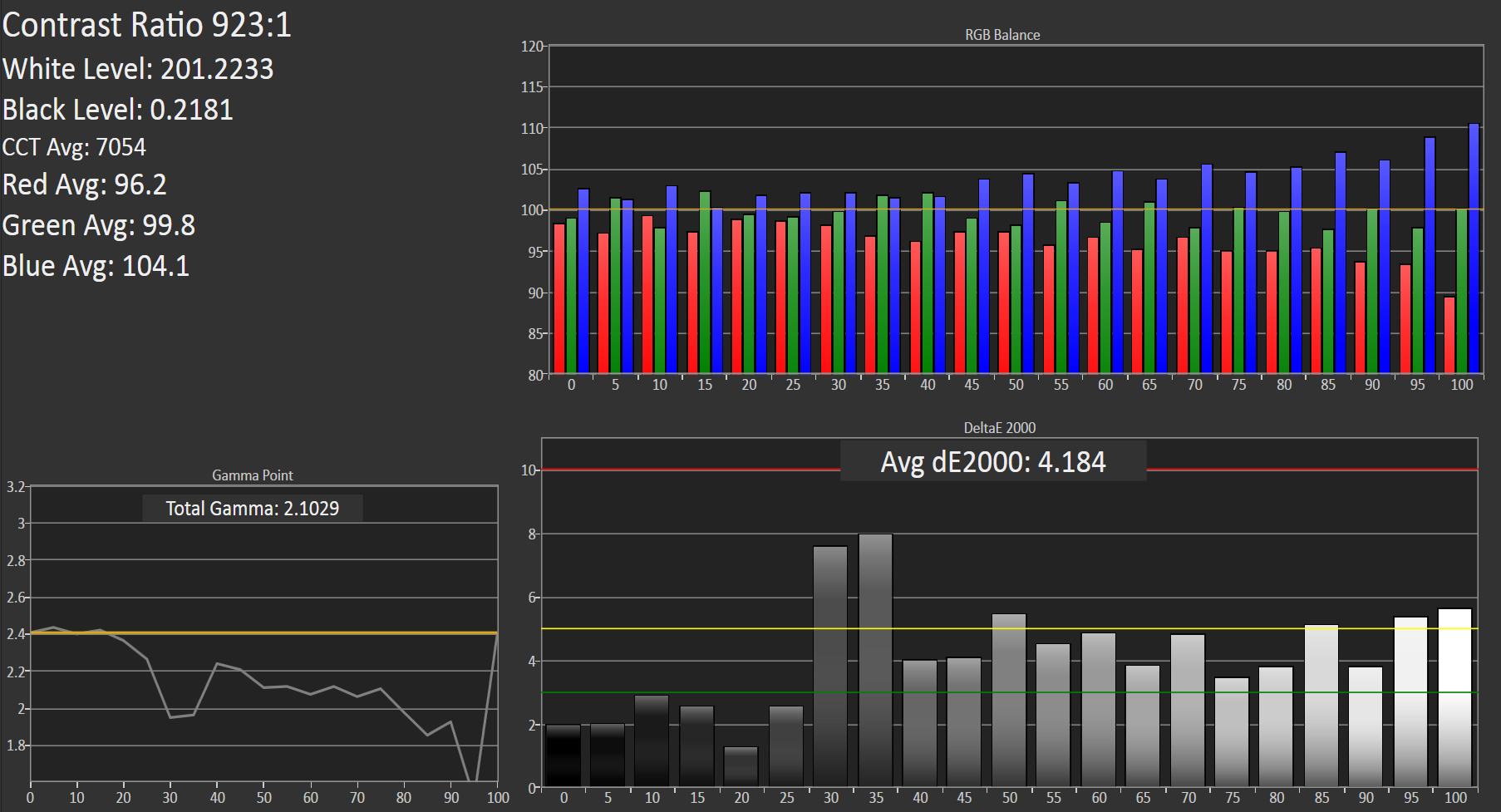








231 Comments
View All Comments
StealthGhost - Thursday, December 5, 2013 - link
Finally a Nexus with good battery life. Great review as always Mr. Klug!danbob999 - Thursday, December 5, 2013 - link
It's also one of the first review to actually back up the battery life claim with numbers. The others are all subjective.harpocrates - Thursday, December 5, 2013 - link
The Verge review was a joke in this regard, stating "During our time with the Nexus 5, it's been hard to get a real grip on how its battery truly operates.". Instead of taking the time to figure a methodology to test the phone, they simply rushed out the review without real facts about battery life. I'm very pleased to see real data here at Anandtech.danbob999 - Thursday, December 5, 2013 - link
I totally agree. However I would also like to see some "idle" battery life tests, with display off, but with push notifications turned on. It would be more representative of the average use than browsing the web over wifi for 8 hours.Laxaa - Thursday, December 5, 2013 - link
Agree as well. Other reviews have made the battery a lot worse than it seems here(compared to the competition)hrrmph - Thursday, December 5, 2013 - link
+1, for the article and the comment.It's good to see battery life data, but something more representative of the typical user would be good.
Also, I feel that Anandtech are pulling their punches here with regard to non-removable versus removable batteries: Is it really the case that the design choice of a non-removable battery gives 40% better life? Somehow I doubt that... but it's what the charts seem to show.
So a more detailed explanation of the pros and cons of non-removable versus user removable batteries would be good, along with some data.
I'm not saying that such explanation had to be in *this* article, but the recent separate "explanation" of AnandTech policy with regard to an emerging history of neglect of these issues was heavy on defense and short on details with regards to assertions that non-removable batteries increase battery life, and thus are simply design choices with trade-offs. How much trade-off? 5%, 10%, 20%, 40%?
I'm thinking that for typical users that a 20 - 30% increase in battery life would probably be needed to offset the "hassle-factor" of not being able to change your own batteries at will. For example, if like most users you can get through the day okay, or you can get through the day on one session of say, a half hour of opportunistic charging, then a 30% increase in battery life might be enough to get you through 2 days of more or less the same behavior. That could be significant enough to sway the decision strongly in favor of a non-removable battery for most people.
Basically, I think in days and weeks on this issue. I have to charge a moderately used BB-Z10 once every 36 hours (1.5 days). A lightly used Samsung Galaxy Note 2 that I also always carry with me requires charging once every 3 days. A feature phone that I use as a bedside alarm clock needs charging once every 2 weeks.
A nitpick is that AT recently committed (somewhat unconvincingly) to being agnostic on non-removable batteries versus user removable batteries, and to not discriminate. I'll admit that I was surprised and impressed by AT's attempt to be just that... this article was much better than some others of late. However, to follow through and complete the act, being truly neutral requires openly characterizing the pros and cons, and describing them accurately.
This needs to start with descriptions. Calling these batteries "internal" versus "non-removable" is close, but not quite adequate. Both types of batteries are "internal." The correct two subsets that the category breaks down into are "user removable," and "user non-removable." In this way, the uninitiated reader who happens upon an AT article is clearly informed that the battery in the device that they are considering purchasing (in this case, the Nexus 5) is of the type "user non-removable."
Moving on to a discussion of the best way to get access to the battery: Seeing the back cover off of the Nexus 5 in the AT photos makes it plain that changing the back cover to a tool-less user removable design would be both desirable (from a consumer perspective) and not-so-challenging (from the manufacturer's perspective).
Overall, the Nexus 5 looks like a great affordable mid-range unlocked phone with a few flagship quality design features such as a great SOC (finding an unlocked phone at this price / quality is a rarity, and is to be commended). Unfortunately, the lack of a user removable battery will remain one of the Nexus lineup’s weakest points.
As an alternative, the Blackberry Z10 can occasionally be bought unlocked direct from Blackberry USA for half price (it was recently on sale at $200 each). It has a user removable battery, great multitasking OS with awesome messaging hub software (that consolidates all messages, call info, and notifications in one place) that is a real time saver, but inferior camera. The Samsung S4-Mini is another reasonably priced unlocked phone with a user removable battery.
Going up the range to a higher-end flagship, there is also the Google Play variant of the Samsung S4 that has a user removable battery... if that is important to you... since we *are* being "neutral" on the subject.
Pr3ch34r - Thursday, December 5, 2013 - link
the removable or not battery is a samsung argument only, you can get external batteries for any device, some even can work with multiple brands of phones, and the price is okdanbob999 - Thursday, December 5, 2013 - link
and they all suck because they basically discharge on the USB port to charge your phone, wasting at least 30% in the processImpulses - Friday, December 6, 2013 - link
While efficiency is obviously a concern,I don't see how that means they all suck. You can get a 5,600-6,000 mAh battery for like $35 that's still smaller than the phone itself, built in micro cable and everything... Such a battery is basically good for two full charges (or more).There's smaller ones, the tiniest are usually cylinder shaped, but the built in cable and flat form factor of the former seems the most useful IMO. I've been using one for a while and I really don't miss rebooting plus taking my case & battery lid off just to swap batteries.
Obviously everyone's needs are different, some may not have the time or space for a USB battery to top up the phone in a bag/pocket. Thankfully there's still OEMs catering to all needs in the Android ecosystem.
dynamited - Friday, December 6, 2013 - link
No, it's about the overall life time of the battery and after 18 months you are at 50% capacity